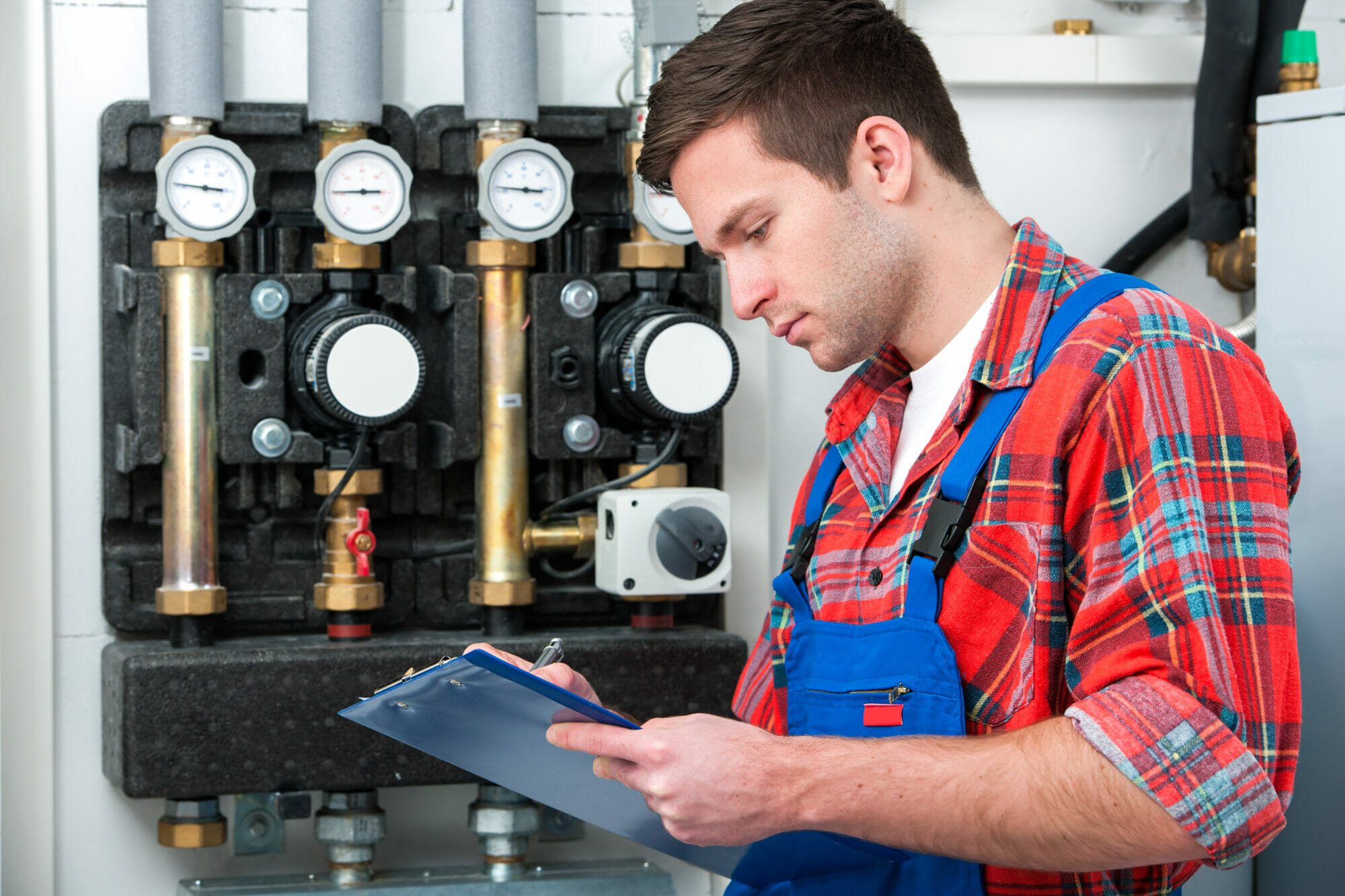We've unearthed this post involving What Is a Plumbing Vent and Why Is It Important directly below on the net and felt it made good sense to discuss it with you on this page.

Appropriate air flow in plumbing systems is commonly neglected, yet it is essential for maintaining the performance and safety of your home's plumbing. Ventilation helps manage atmospheric pressure, prevent the build-up of damaging gases, and make certain the reliable removal of waste. In this guide, we will certainly check out the significance of correct plumbing ventilation, just how it works, and the advantages it brings to your pipes system.
Exactly How Air Flow Works in Pipes Solutions
Air Pressure Guideline
Appropriate ventilation maintains balanced air pressure within the plumbing system. When water moves via pipelines, it displaces air. Without sufficient ventilation, this displacement can develop negative pressure, resulting in slow drains pipes or siphoning of water from traps, which can create unpleasant smells to seep into the home.
Protecting Against Sewage System Gas Buildup
Among one of the most important functions of plumbing vents is to stop sewage system gases, such as methane and hydrogen sulfide, from collecting within the home. These gases can posture significant wellness threats and are very combustible. Vent pipes permit these gases to run away securely outside.
Assisting in Waste Elimination
Ventilation aids in the reliable removal of wastewater by avoiding airlocks in the drainage system. When air can move easily with the vents, it allows water and waste to move smoothly via the pipes, lowering the risk of clogs and backups.
Advantages of Correct Air Flow
Enhanced System Effectiveness
Properly ventilated plumbing systems operate more efficiently, with less blockages, faster draining, and less stress on the pipes. This performance extends the lifespan of the pipes system.
Improved Air Quality
By avoiding sewage system gases from entering your home, proper ventilation adds to much better interior air quality, making your living setting healthier and extra comfy.
Preventing Water Damages
Ample air flow aids protect against water from being siphoned out of catches, which can bring about sewer gases getting in the home and causing water damages in time.
Steps to Guarantee Appropriate Air Flow
Consulting Plumbing Codes
Always consult neighborhood pipes codes when designing or changing your pipes system. These codes supply the necessary standards for correct venting and ensure your system satisfies safety standards.
Routine Inspection and Upkeep
Routine assessments can aid identify potential air flow concerns before they come to be major issues. Upkeep jobs, such as cleansing air vent pipelines and checking for obstructions, are essential for keeping the system in good working order.
Professional Installation
For new setups or significant alterations, it's important to work with a professional plumbing technician. They have the proficiency to guarantee the ventilation system is appropriately made and installed according to code.
Understanding Air Flow in Pipes
Air flow in plumbing refers to the network of pipes that enable air to stream via the water drainage system. These vents serve multiple purposes, consisting of controling air pressure within the pipes, stopping sewer gases from going into the home, and helping in the smooth flow of wastewater.
Sorts Of Plumbing Vents
Main Heap Vent
The primary stack air vent, additionally referred to as the air vent stack, is the main air vent in a plumbing system. It prolongs from the main drainpipe line up through the roofing, permitting gases to escape and fresh air to enter the system.
Branch Vent
Branch vents attach to the main pile air vent and offer private fixtures, such as sinks, toilets, and showers. These vents ensure that each fixture has adequate air flow to work appropriately.
Air Admittance Shutoff (AAV).
An Air Admittance Valve (AAV) is a one-way valve that allows air to get in the plumbing system without the need for a traditional vent pipeline prolonging through the roof covering. AAVs are generally used in restorations or locations where setting up a conventional vent is impractical.
Signs of Poor Air Flow in Plumbing.
Slow Draining Fixtures.
If your sinks, bathtubs, or toilets are draining pipes gradually, maybe an indication of poor air flow. Insufficient air circulation can produce a vacuum result, making it challenging for water to drain appropriately.
Gurgling Seems.
Gurgling audios originating from drains pipes are frequently a result of air being drawn via water catches because of adverse stress in the pipelines. This is a clear indication of not enough ventilation.
Undesirable Smells.
Drain smells inside your home are a red flag that your pipes system is not effectively ventilated. This could suggest that sewer gases are not being appropriately vented outside, resulting in potentially harmful problems.
Typical Ventilation Mistakes.
Inadequate Vent Sizing.
Utilizing undersized air vent pipelines can result in poor air circulation and stress discrepancies in the system. It's important to utilize vents that satisfy the specific needs of your pipes system.
Improper Vent Placement.
Positioning vents too much from the components they serve can minimize their performance. Correct placement guarantees that air can flow easily and efficiently via the system.
Ignoring Code Requirements.
Building regulations provide details guidelines for pipes air flow. Overlooking these codes can cause a system that stops working to operate correctly and may cause pricey repair services or carcinogen.
Verdict.
Proper ventilation is an essential part of any plumbing system, making certain that it works successfully and safely. By recognizing the relevance of ventilation, recognizing the indications of poor ventilation, and taking steps to preserve your system, you can stop pricey issues and secure your home's air top quality.
4 Things You Should Know About Your Plumbing Vents
What Plumbing Vents Are
Also called a vent stack, a plumbing vent is a vertical pipe attached to your drain line that runs through your roof. The plumbing vent pipe, or plumbing air vent, removes gas and odors from your plumbing system and allows fresh air to enter the pipes, helping the water to flow out of the drain pipes.
What Plumbing Vents Do
Plumbing vents have two basic functions. One of which is to allow unpleasant smelling wastewater and sewer gasses to escape your plumbing system instead of entering your home. Plumbing vent pipes are typically located on roofs, away from windows, to ensure the fumes exit the home completely.
The other function of the plumbing vent is to move fresh air into your plumbing system. This helps move water through every plumbing fixture in your house, like toilets and sink drains. Think of the way in which you need to let a little air into the bottle as you pour soda in order to make the drink flow smoothly.
Different Types of Plumbing Vents
- True vent: This is the most common vent option. In simplest terms, a true vent is a vertical pipe attached to your drain line that exits through the roof. They often function as the main vent that other fixtures can connect to.
- Re-vent pipe or auxiliary vent: Attached to the drain line near specific plumbing fixtures, re-vent pipes run up and over to connect to the main vent.
- Common vent: Two plumbing fixtures installed on opposite sides of a wall are typically tied into the vent stack using something known as a sanitary cross.
- Wet vent: This venting option operates as a drain pipe and a vent at the same time. Wet vent drainage systems drain water from one fixture while venting the air from another. Although they’ve been used for over 100 years, wet vent systems have only recently been added to the plumbing code in many areas. If you’re planning on installing one in a bathroom remodel, make sure you check your local code prior to construction.
- Loop vent: For free-standing fixtures like kitchen island sinks, loop vents are ideal. These vent pipes run under the floor, rise from the P-trap, and create a loop inside the cabinet sink.
- Air admittance valve: An AAV is a one-way mechanical valve typically installed at the site of the plumbing fixture. AAVs allow venting to occur without having to tie into a larger venting system. They’re ideal for venting fixtures where you aren’t able to easily connect to an existing vent system.
Common Plumbing Vent Issues
Although vent pipes typically don’t have water flowing through them, they’re still subject to many typical plumbing issues. For example, clogs are one of the most common problems associated with sewer vent pipes. If your vent pipe gets clogged, all of your plumbing fixtures tied into the vent stack will be affected.
A sink with a slow drain that bubbles and gurgles or a strong sewage smell around your toilet are both indicators that your toilet vent pipe is clogged. Because most vent pipes exit through the roof, old leaves, twigs or even a bird’s nest could be clogging the pipe.
Clogs in your vent pipe system cause a buildup of negative pressure, meaning that water won’t be able to flow out of your home very well. It’s similar to putting your finger over the opening of a straw to trap water inside. When you remove your finger, the water is able to flow out of the straw.
If you suspect you have any blockage in your vent, make sure you have a professional come examine the situation. Left unchecked, a blocked air vent can lead to other costly repairs, like leaks and sediment buildup.
Under Pressure
Pipe vents are essential aspects of a home’s plumbing system. Owning a home means learning about all sorts of things you never put much thought into before. But by understanding as much as you can about the important systems of your home, you can keep those budgets intact and those anxiety levels low.
https://www.homeserve.com/en-us/blog/home-improvement/plumbing-vents/

We are very curious about What Is a Plumbing Vent and Why Is It Important and I am hoping you liked the blog post. Do you know another individual who is serious about Essential Plumbing Vent Pipes: Understanding Their Role? Be sure promote it. Thanks for being here. Don't hesitate to visit our site back soon.
Set An Appointment
Comments on “Why Proper Ventilation is Crucial for Plumbing Systems”